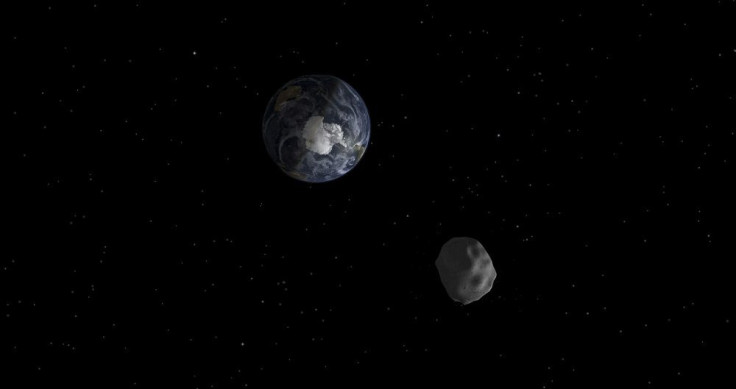Biggest Asteroid To Approach In April Arriving Next Week, NASA Reveals

NASA’s asteroid tracking system is currently monitoring a building-sized space rock that’s expected to approach Earth in April. According to the data collected by the agency, the asteroid is big enough and is moving fast enough to cause a major impact event on the planet.
The approaching asteroid was detected by NASA’s Center for Near-Earth Object Studies (CNEOS). Identified as 363599 (2004 FG11), this asteroid has an estimated diameter of about 1,248 feet, which makes it almost as big as the Empire State Building.
According to CNEOS, the asteroid is moving across space and traveling towards Earth at an incredible speed of almost 55,000 miles per hour.
363599 (2004 FG11) is officially classified as an Apollo asteroid. This means that it follows a natural orbit that crosses Earth’s path as it completes its cycle around the Sun.
Due to its massive size and Earth-crossing orbit, 363599 (2004 FG11) has been labeled by NASA as a potentially hazardous asteroid.
“Potentially hazardous asteroids are currently defined based on parameters that measure the asteroid’s potential to make threatening close approaches to the Earth,” NASA said in a statement. “Specifically, all asteroids with a minimum orbit intersection distance of 0.05 [astronomical units] or less and an absolute magnitude of 22.0 or less are considered [potentially hazardous asteroid].”
Based on the asteroid’s size and current speed, it could cause a major impact event on Earth if it collides with the planet. If this happens, the asteroid will create a crater that’s around 4 miles wide.
The explosion that would be caused by the asteroid’s impact would be enough to incinerate everything in its immediate surroundings. It could also generate powerful blast waves powerful enough to affect an entire city.
If the asteroid hits the ocean instead, it will create towering tsunamis that could wipe out nearby coastal areas.
According to CNEOS, 363599 (2004 FG11) is expected to cross Earth’s path on April 11 at 1:00 pm EDT. During its near-Earth intersection, the asteroid will be about 0.04920 astronomical units from the planet’s center, which is equivalent to around 4.6 million miles away.





















